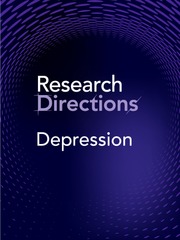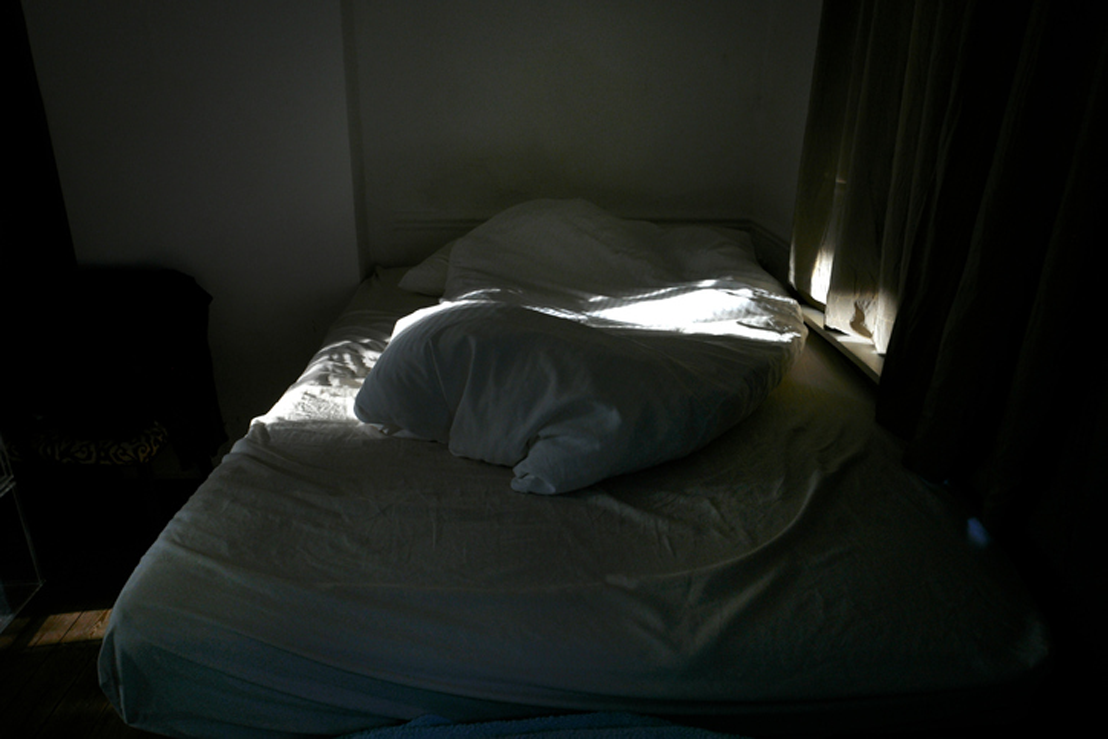Context
An area of great interest in Depression and Mood Disorder research has been highlighted by the Mental Health Priority Area of the Wellcome Trust (UK), namely sleep and circadian rhythm disturbances (SCRD). Wellcome has set out the background logic for this focus and clear research priorities (Wellcome Trust, 2022), leading to the funding of a series of international projects. This focus is a particularly good fit with the international agenda for development of more effective and scalable strategies for prevention, early intervention and secondary prevention of illness relapse, progression and downstream physical illnesses for adolescent-onset anxiety, depressive and psychotic disorders (Hickie et al., Reference Hickie, Scott, Cross, Iorfino, Davenport, Guastella, Naismith, Carpenter, Rohleder, Crouse, Hermens, Koethe, Leweke, Tickell, Sawrikar and Scott2019).
In recent years, major developments in prospective and longitudinal epidemiology, and sleep and circadian science, have challenged the assumption that SCRD are simply the consequence of major mood disorders. There has been the specific proposal that circadian disruption (as distinct from non-specific sleep disturbances like sleep-onset insomnia) may have a causative and cross-cutting relationship with various specific mood (e.g., atypical and bipolar depression, elation), motor (e.g., high and low motor activation states), cognitive (e.g., disinhibition, impulsiveness) and immune-metabolic phenotypes (Crouse et al., Reference Crouse, Carpenter, Song, Hockey, Naismith, Grunstein, Scott, Merikangas, Scott and Hickie2021; Carpenter et al., Reference Carpenter, Crouse, Scott, Naismith, Wilson, Scott, Merikangas and Hickie2021; Milaneschi et al., Reference Milaneschi, Lamers, Berk and Penninx2020; McCarthy et al., Reference McCarthy, Gottlieb, Gonzalez, McClung, Alloy, Cain, Dulcis, Etain, Frey, Garbazza, Ketchesin, Landgraf, Lee, Marie-Claire, Nusslock, Porcu, Porter, Ritter, Scott, Smith, Swartz and Murray2022).
A clear focus of work in the area is the development of novel methods to measure 24-hour patterns of gene expression, metabolic activity and dynamic changes in peripheral blood or urinary markers (Wellcome Trust, 2022). The next generation of studies deploy these methods in longitudinal studies of high-risk groups to delineate the causal links more clearly between mood disorders and SCRD. Advocates for this approach argue that if it succeeds, it is likely to lead to: (i) considerable revision of the current diagnostic approaches to the major mood disorders, shifting many away from simple phenotypic subtypes to pathophysiological concepts such as ‘circadian depression’ (Crouse et al., Reference Crouse, Carpenter, Song, Hockey, Naismith, Grunstein, Scott, Merikangas, Scott and Hickie2021; Carpenter et al., Reference Carpenter, Crouse, Scott, Naismith, Wilson, Scott, Merikangas and Hickie2021); (ii) changes in treatment selection that place emphasis on behavioural or pharmacological approaches that target stabilisation of the circadian system such as lithium (McCarthy et al., Reference McCarthy, Wei, Nievergelt, Stautland, Maihofer, Welsh, Shilling, Alda, Alliey-Rodriguez, Anand, Andreasson, Balaraman, Berrettini, Bertram, Brennand, Calabrese, Calkin, Claasen, Conroy, Coryell, Craig, D’Arcangelo, Demodena, Djurovic, Feeder, Fisher, Frazier, Frye, Gage, Gao, Garnham, Gershon, Glazer, Goes, Goto, Harrington, Jakobsen, Kamali, Karberg, Kelly, Leckband, Lohoff, McInnis, Mondimore, Morken, Nurnberger, Obral, Oedegaard, Ortiz, Ritchey, Ryan, Schinagle, Schoeyen, Schwebel, Shaw, Shekhtman, Slaney, Stapp, Szelinger, Tarwater, Zandi and Kelsoe2019), while avoiding those therapies that may make it more unstable (such as SSRIs); (iii) help to mitigate comorbid features of mood disorders such as immune-metabolic dysfunction that require direct attention to prevent morbidity and premature loss of life; (iv) development of predictive models for the onset of major depression or mania, based on observable circadian perturbations; (v) a more rational basis for cohort stratification for new trials that target the circadian systems and (vi) development of new prevention and treatment strategies that directly target stabilisation of the circadian system in at-risk individuals.
So, what is required are data from studies that: (i) test the basic causal hypothesis in human, animal or cellular studies; (ii) evaluate the effects of novel or existing therapeutic agents that target the sleep or circadian systems; (iii) follow longitudinally individuals or cohorts of particular interest due to their age (i.e., adolescents), situation (e.g., peri-natal) or depressive subtype (i.e., atypical or bipolar depression).
How to contribute to this Question
If you believe you can contribute to answering this Question with your research outputs, find out how to submit in the instructions for authors (https://www.cambridge.org/core/journals/research-directions-depression/information/author-instructions/preparing-your-materials). This journal publishes Results, Analyses, Impact papers and additional content such as preprints and ‘grey literature’. Questions will be closed when the editors agree that enough has been published to answer the Question so before submitting, check if this is still an active Question. If it is closed, another relevant Question may be currently open, so do review all the open Questions in your field. For any further queries check the information pages (https://www.cambridge.org/core/journals/research-directions-depression/information) or contact this email (depression@cambridge.org).
Competing interests
IBH is the Co-Director, Health and Policy at the Brain and Mind Centre (BMC) University of Sydney, Australia. The BMC operates an early-intervention youth services at Camperdown under contract to headspace. Professor Hickie has previously led community-based and pharmaceutical industry-supported (Wyeth, Eli Lily, Servier, Pfizer, AstraZeneca, Janssen Cilag) projects focused on the identification and better management of anxiety and depression. He is the Chief Scientific Advisor to, and a 3.2% equity shareholder in, InnoWell Pty Ltd, which aims to transform mental health services through the use of innovative technologies.




